
Buff-banded Rail
Gallirallus philippensis
Also known as: Banded Rail, Moho pereru


Gallirallus philippensis
Also known as: Banded Rail, Moho pereru

The buff-banded rail, known as moho-pererū in Māori, is a native New Zealand bird about the size of a small chicken. With its distinctive coloration and secretive nature, this medium-sized rail adds an element of mystery to New Zealand's coastal wetlands.
1. Distinctive chestnut band from bill to nape, with buff band across breast
2. Finely banded black and white underparts, contrasting with brown upperparts
3. Swift, skulking movement through dense vegetation near water's edge
Buff-banded rails are omnivorous, feeding on a variety of small animals and plant matter. They breed in spring and summer, building platform nests in dense vegetation. While strong fliers, they're reluctant to take wing. Their population has declined inland, likely due to wetland drainage and introduced predators.
Look for buff-banded rails in coastal areas, particularly in mangroves and saltmarshes of the upper North Island, and large saltmarshes in Nelson and Marlborough. They're most active during early morning and evening, foraging along the water's edge as the tide recedes. These shy birds prefer dense vegetation for cover, so listen for rustling or brief glimpses as they dart between hiding spots.
The buff-banded rail, or moho-pererū, has long been a part of New Zealand's ecosystem. While not as prominent in Māori culture as some other native birds, its presence in coastal wetlands has made it a familiar sight to generations of New Zealanders living near estuaries and mangroves.
30 cm
170 g


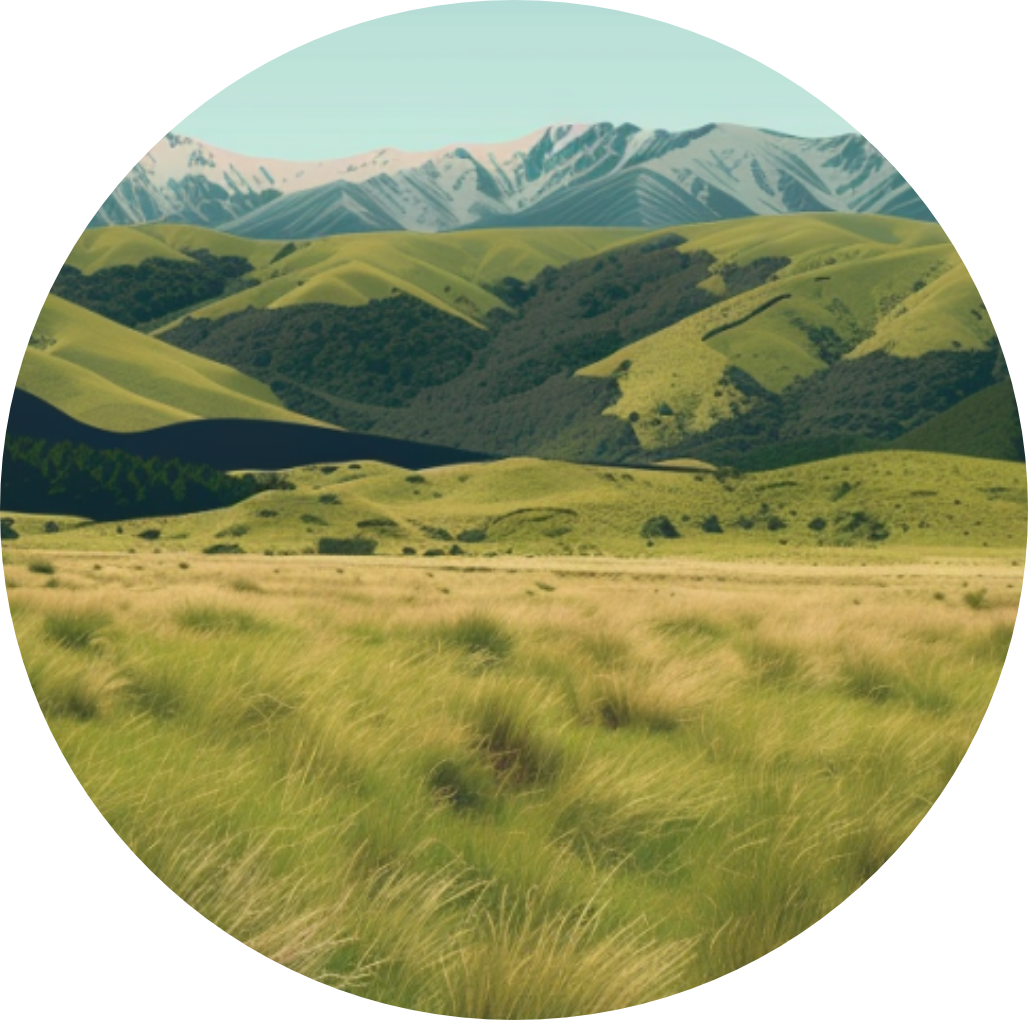
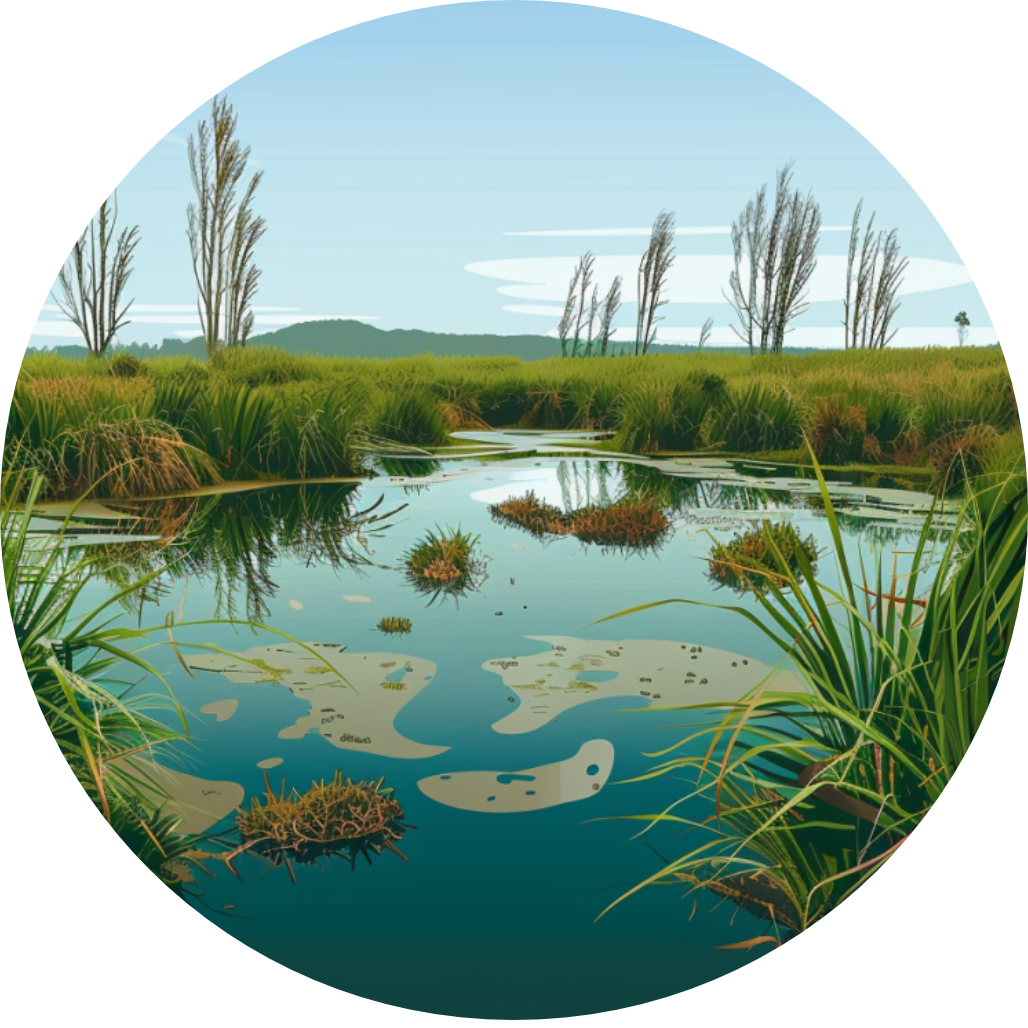
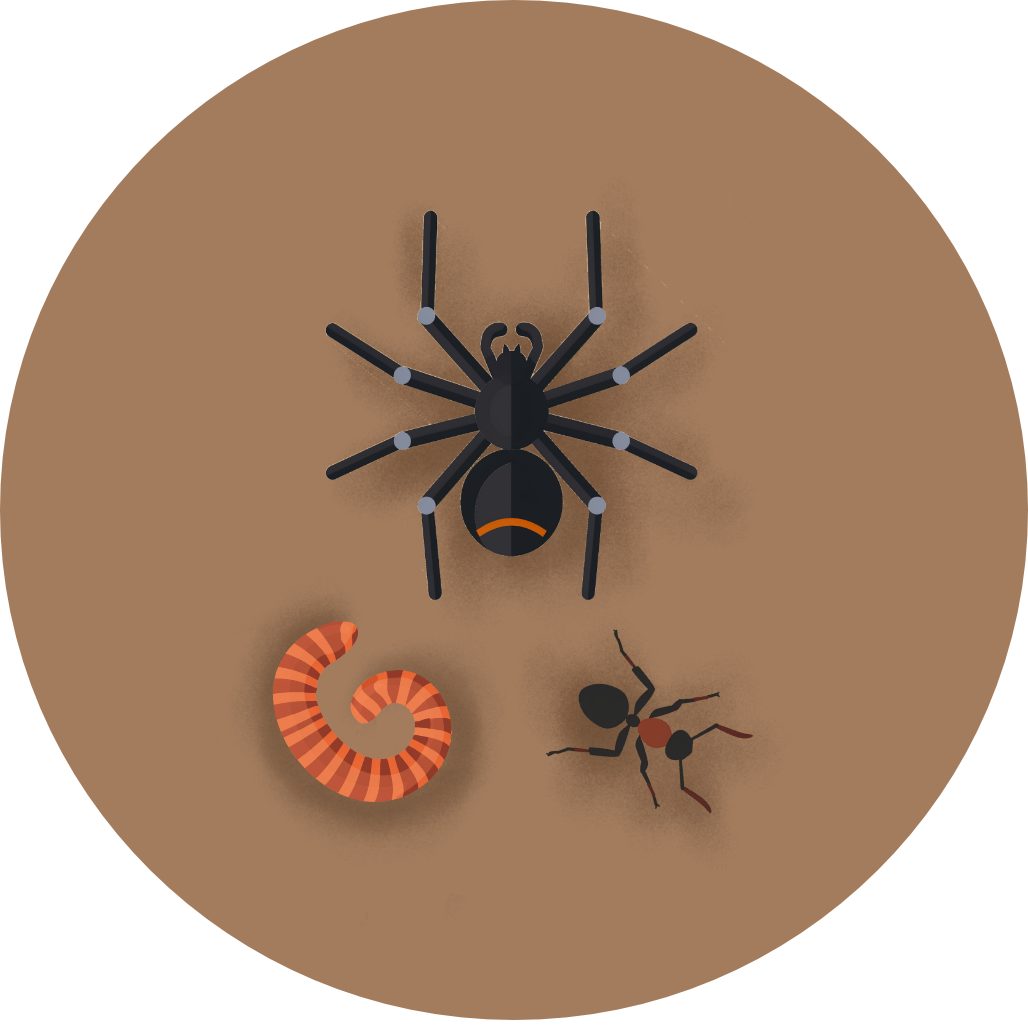
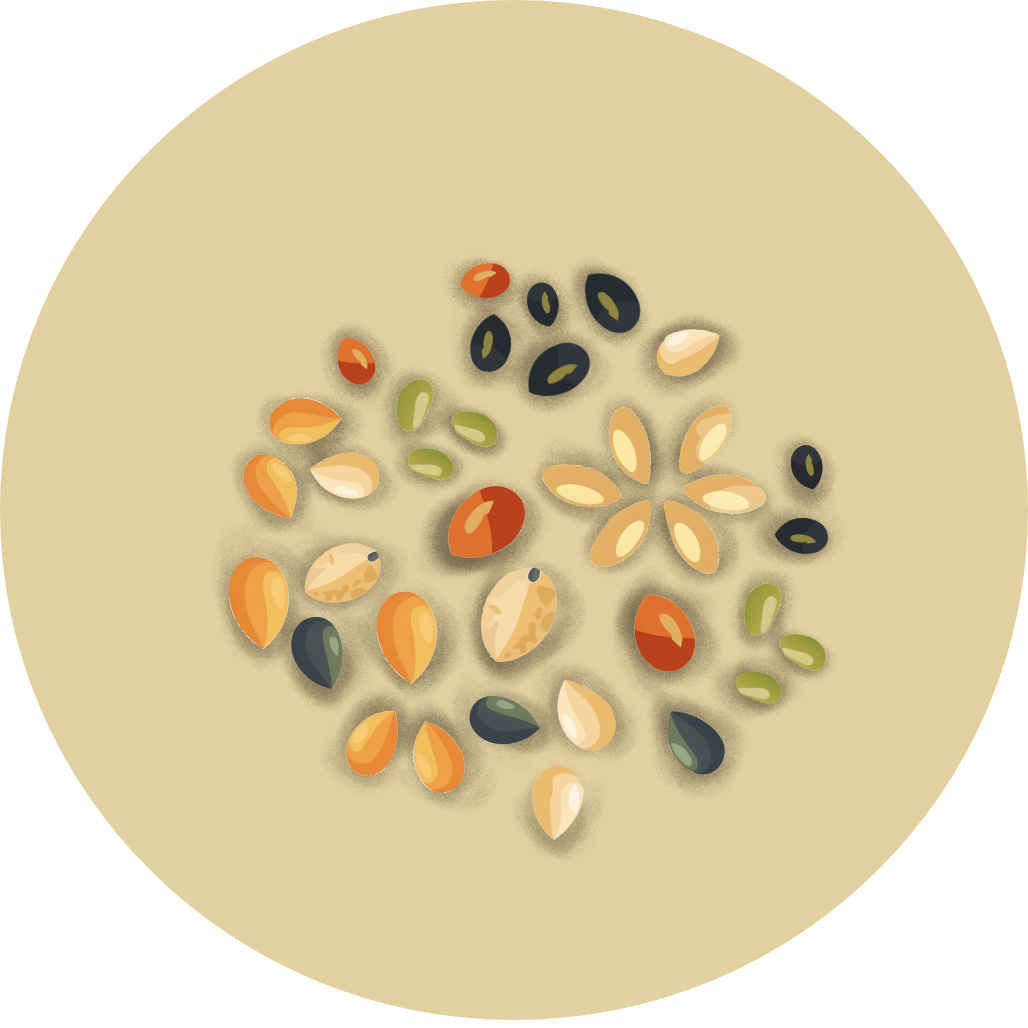
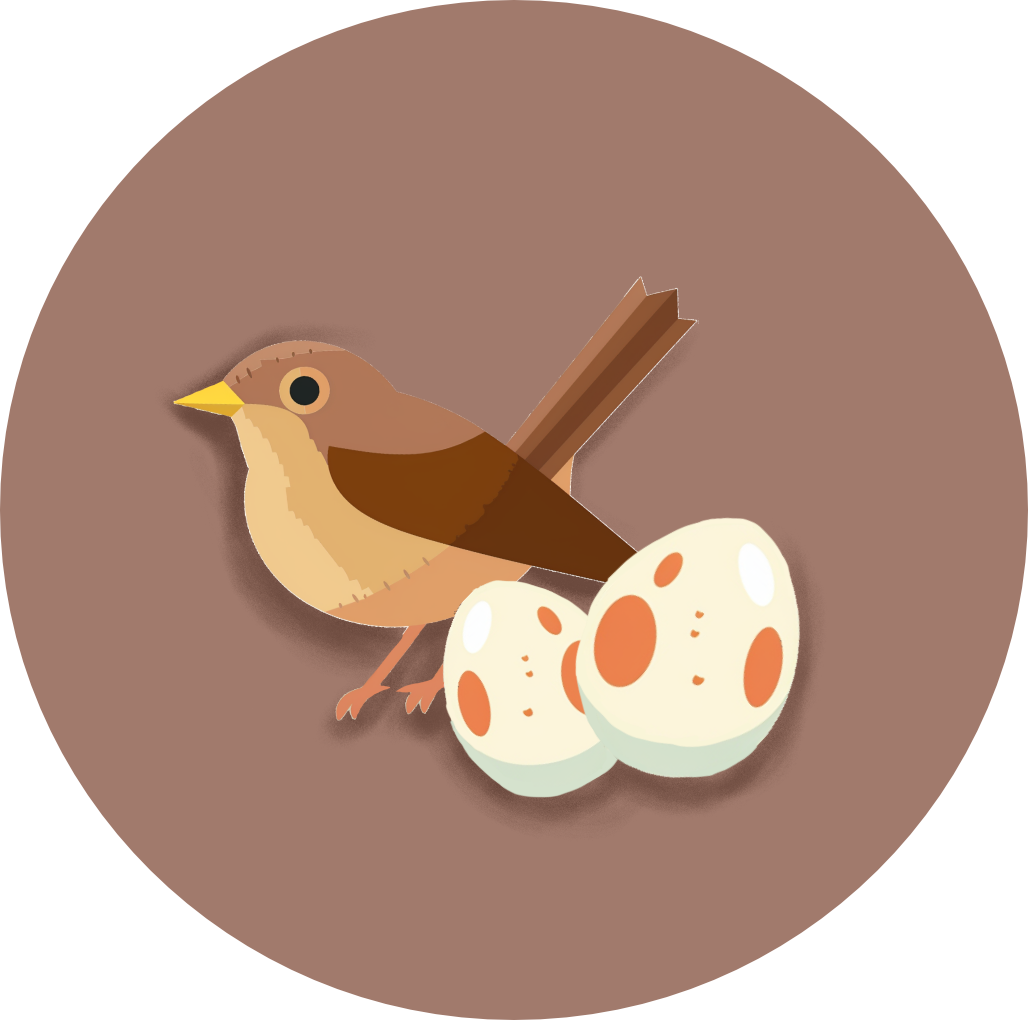
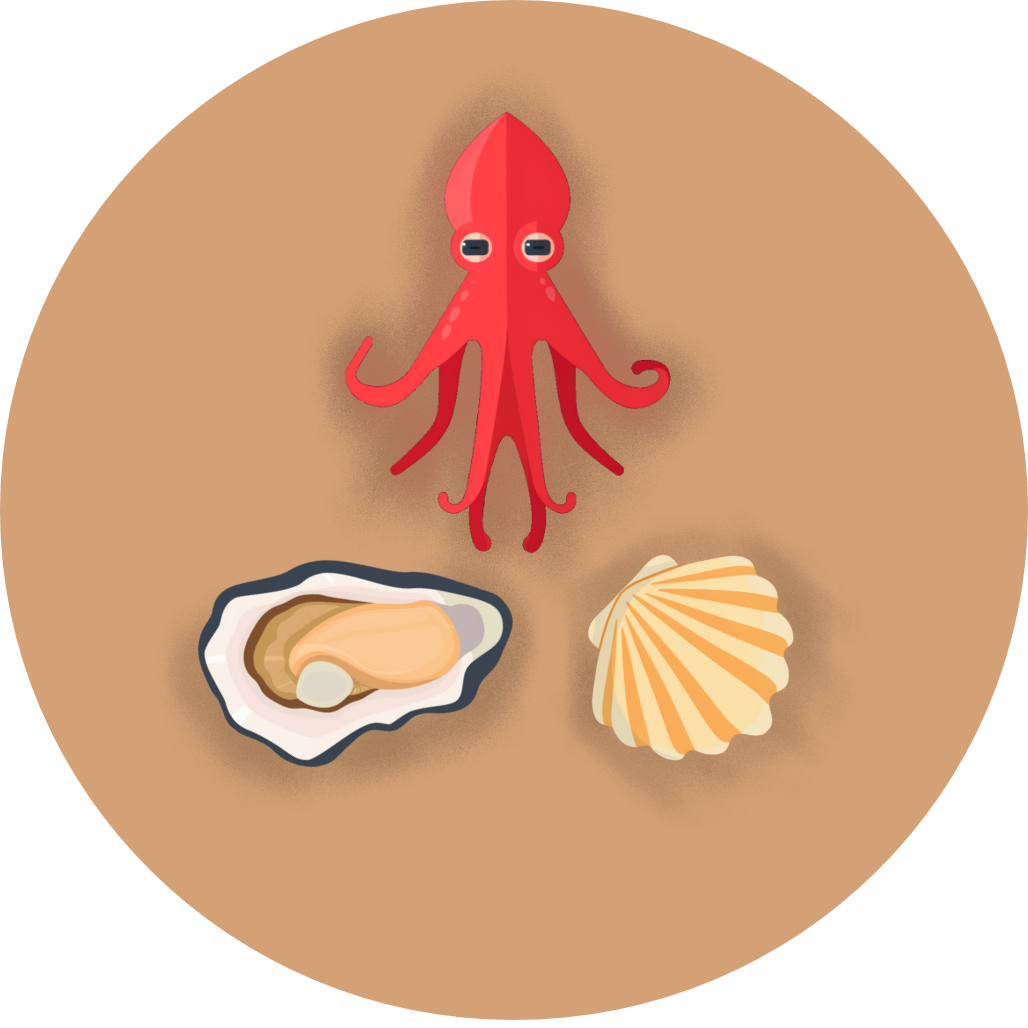
Coming Soon!
Top birding locations will be available in a future update.